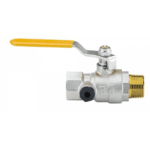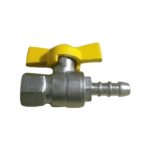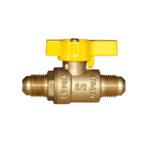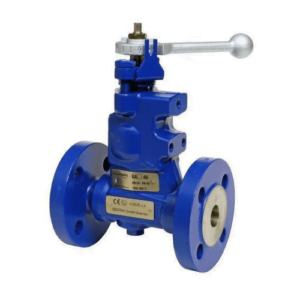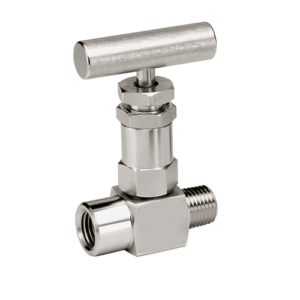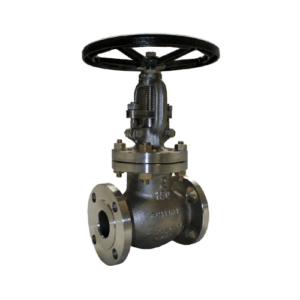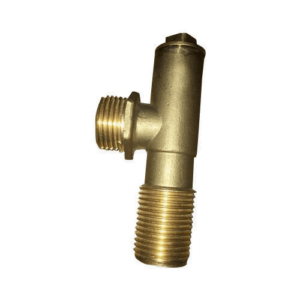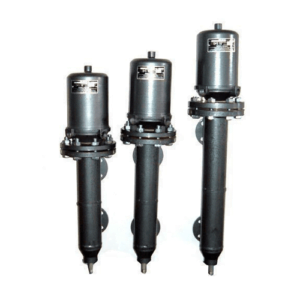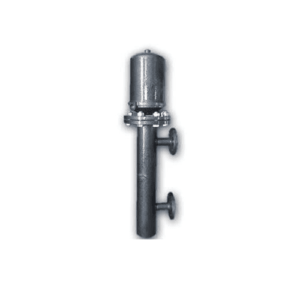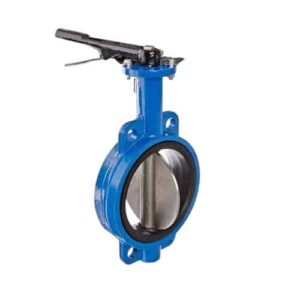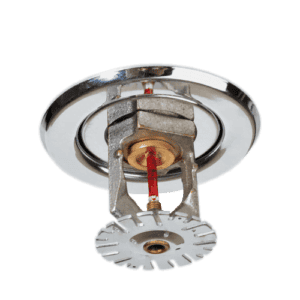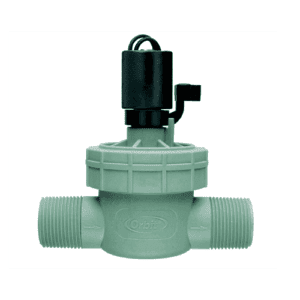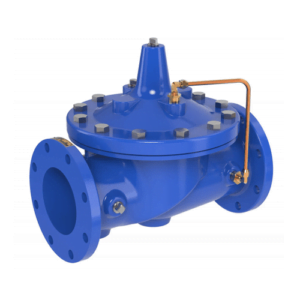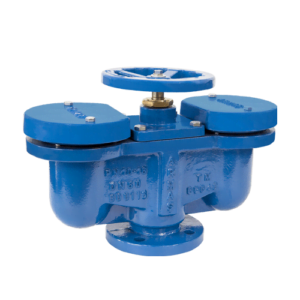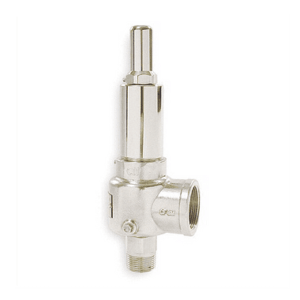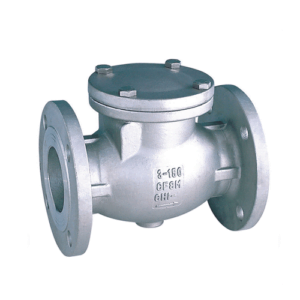High-Performance Gas Valve for Industrial Applications
The Gas Valve is a crucial device that controls the amount of natural gas or propane passing through residential and industrial areas. It is used mainly to ensure safety and efficiency while dealing with gas, hence making it applicable from heating systems at homes to complicated industrial networks for distributing gases. One thing that makes our Gas Valve outstanding is its improved safety features, which comprise an Excess Flow Valve meant for preventing gas leaks and ensuring operational security in any environment.
Material Specifications:
Our valves are made of high-quality materials such as corrosion-resistant brass and stainless steel so that they can last longer without getting damaged easily. Products manufactured by companies like ours, Gas Valve Manufacturers, are sustainable since they use eco-friendly materials that meet current environmental requirements but still have enough strength and functionality.
Technical Specifications:
Different sizes of the Gas Valve are available with varied specifications meant to suit different pipe works and types of gases. The ports have sizes ranging from 1/4″ up to 1″ while pressure ratings can go as high as 500 psi thus being compatible with both LPG systems as well as natural gas. Features like the Gas Plug Valve and High-Pressure Gas Regulator are tailored for precise control and safety in high-pressure applications.
Standards and Compliance
Our Gas Valve meets key industry standards like ASTM and ISO 9001 to ensure quality and safety. Every valve is tested rigorously against these benchmarks which guarantee dependability as well as safety in gas control applications. Our Gas Valve Suppliers also see to it that each item complies with international safety levels e.g., American Gas Association (AGA).
Usage Instructions
For optimum Gas Valve performance, this device needs regular servicing including leak detection tests plus operational checks. Installation should only be done by professionals who are certified so they can handle them correctly without making any mistake that may compromise the safety of the gas supply. In case of troubleshooting or maintenance, help is needed refer to the provided user manual which contains detailed information about this product, or get in touch with our support team staffed with knowledgeable Oil & Gas Valves Manufacturers.
Applications
Gas valves are a critical control point for many different gas systems ranging from home heating to industrial processing. These valves help manage the delivery and regulation of gases in systems that use Gas Cylinder Pressure Regulator or Cylinder Pressure Regulator to maintain a steady operating pressure. The gas valve for gasoline is designed specifically for use with fuel delivery systems, where it is expected to perform reliably under demanding conditions. In addition, Gas Pressure Regulators may be necessary when accurate adjustments in pressure are needed to ensure the safety and efficiency of operation within certain applications.
Features and Benefits
Features:
Durable construction allows for use with various types of gases such as natural gas or propane.
Options available include an on/off control Gas Plug Valve, as well as safety enhancement through the incorporation of an Excess Flow Valve.
Different pressure requirements can be met by using either a Gas Cylinder Pressure Regulator or Cylinder Pressure Regulator.
More advanced models have built-in Gas Pressure Regulators which automatically adjust flow rates and pressures according to system demand levels.
Benefits:
Ensures a high level of safety with automatic shut-off capabilities in case of flow irregularities, significantly minimizing risk.
Gas Valve Price is competitive, offering great value for both commercial and residential applications.
Longevity and reliability reduce the need for frequent replacements, lowering long-term operational costs.
Easy integration with existing systems, with options for Gas Valve Suppliers to provide local support and supply.
Related Products
If you are looking for gas control solutions, check out these items:
Price of LPG Valve: Valves made specifically for liquefied petroleum gas systems. They have better safety features.
High-Pressure Gas Regulator: Use this when working with high-pressure systems that need stable pressure control.
Flame arrestors and thermal shut-off valves as additional protection in hazardous areas.
Find these products from leading Gas Valve Suppliers Near Me around the world to guarantee safety and control in any gas system.
Support and Warranty Information
With each Gas Valve, there is an inclusive warranty as well as support services provided by renowned suppliers such as ourselves. We give installation guides in detail along with maintenance tips plus customer care helplines too. Whether it’s for residential or commercial use; domestically or industrially – all our valves are built strong enough because they are designed according to strict industry standards which ensure their reliability throughout different users’ applications.





